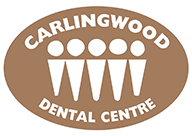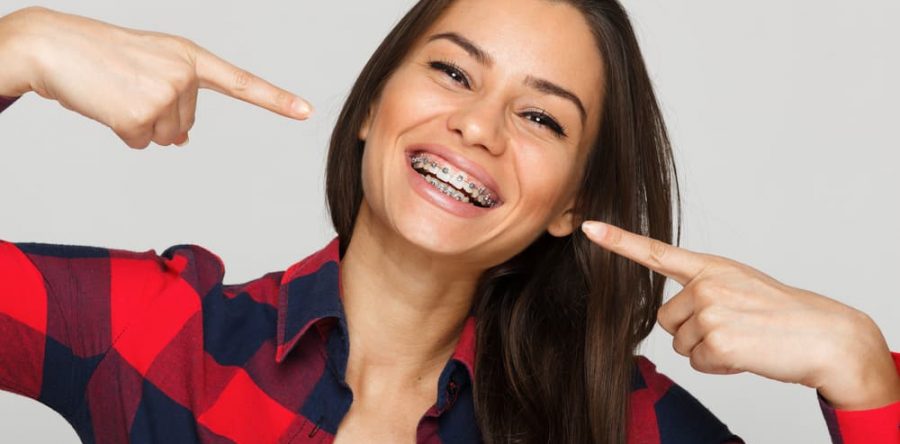Do you know what happens to your teeth when you wear braces? Your jaw bone shifts and is rebuilt to create a better alignment for perfectly straight teeth. If you’re curious to learn more about what happens to your teeth after you get braces, in this article, we’ll explain how braces work, what you can expect, and what the dentists do to prevent your teeth from shifting back.
Braces Exert Force to Remodel the Bone
Braces bind to your teeth to either pull them together or push them apart. This steady force causes a reaction in the Periodontal Ligament (PDL), a tissue that sits around your tooth and underneath your gums. When cells in the PDL, called mechanoreceptors, detect the pressure in the area, they signal other cells, known as osteoclasts, to start exerting acids and proteins to dissolve parts of your jawbone. Then a set of other cells called osteoblasts come in and deposit minerals that make new bone and essentially rebuild the jaw in a new shape, moving your teeth.
They Are Regularly Tightened
As the dentist tightens the braces to exert more pressure on the teeth, patients often experience some minor discomfort in the area, similar to a dull aching sensation. For the first few days, you may be advised to take painkillers and eat soft foods until the discomfort subsides. If the braces rub against the side of the mouth, orthodontic wax can be applied until the skin in this area toughens up over time. Fortunately, the pain will get easier to manage.
Retainers Are Used to Prevent Relapse
Your teeth can attempt to move back to their original positions once the brace is removed through a process called Orthodontic relapse. Our smiles also naturally get narrower as we get older due to physiological drift. Because relapse is most common right after the braces are removed, it’s likely that your dentist will recommend a retainer to help stabilize the teeth in the new position and prevent relapse from happening. This could involve wearing either a permanent retainer at the back of the teeth, a removable wire retainer, or a combination of both to hold the teeth in place.
Remember that retainers are used to protect your smile and ensure that your teeth are held in place. They are an essential part of getting braces and keeping your teeth properly aligned. If your dentist recommends that you wear a retainer for a certain period of time, it’s in your best interests to follow their instructions.
If you have any questions regarding the application and removal of braces or the types of braces available at our clinic, feel free to reach out. At Carlingwood Dental, our team of dentists will take the time to explain the entire process. Contact us today to learn more.


